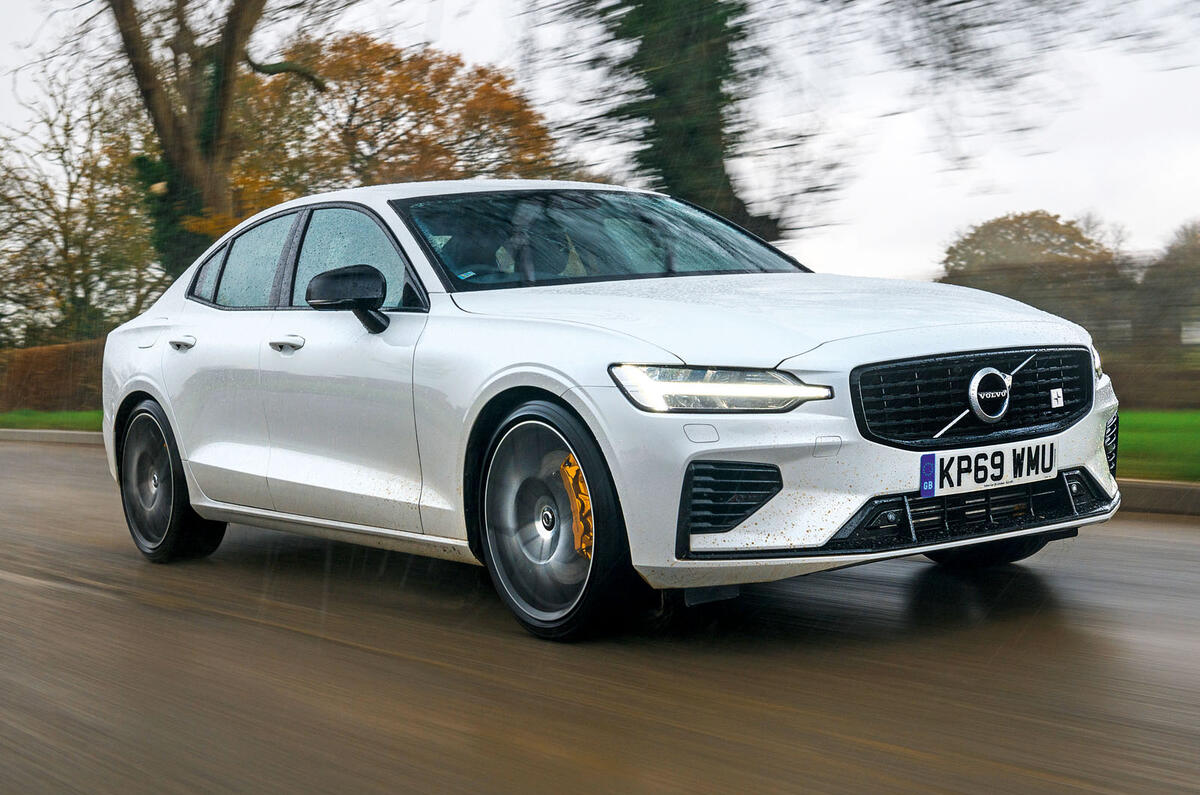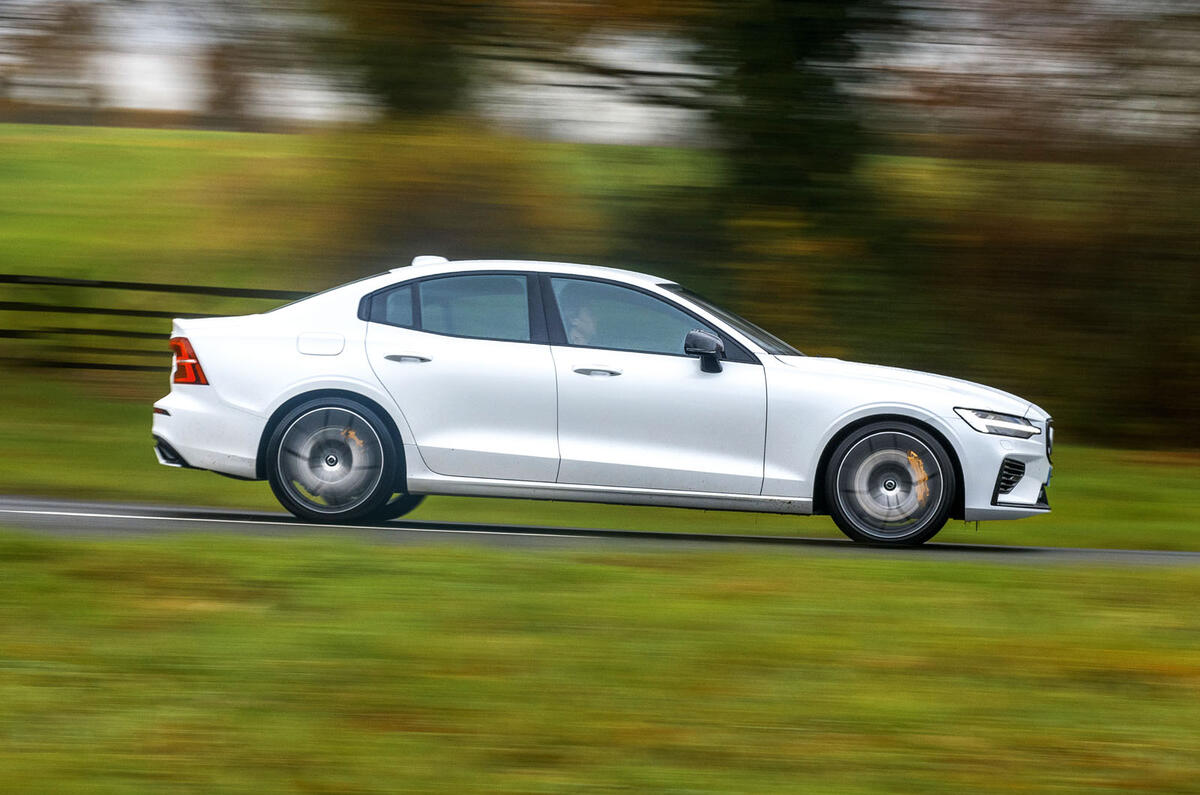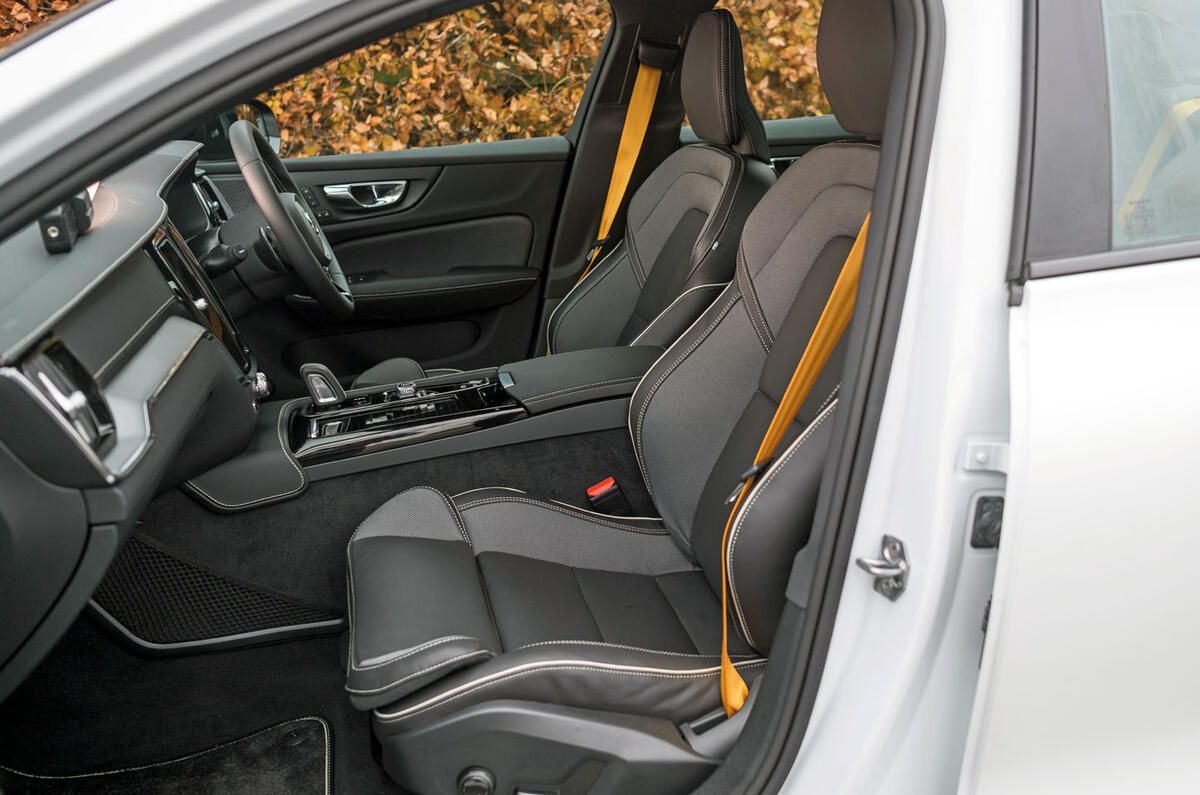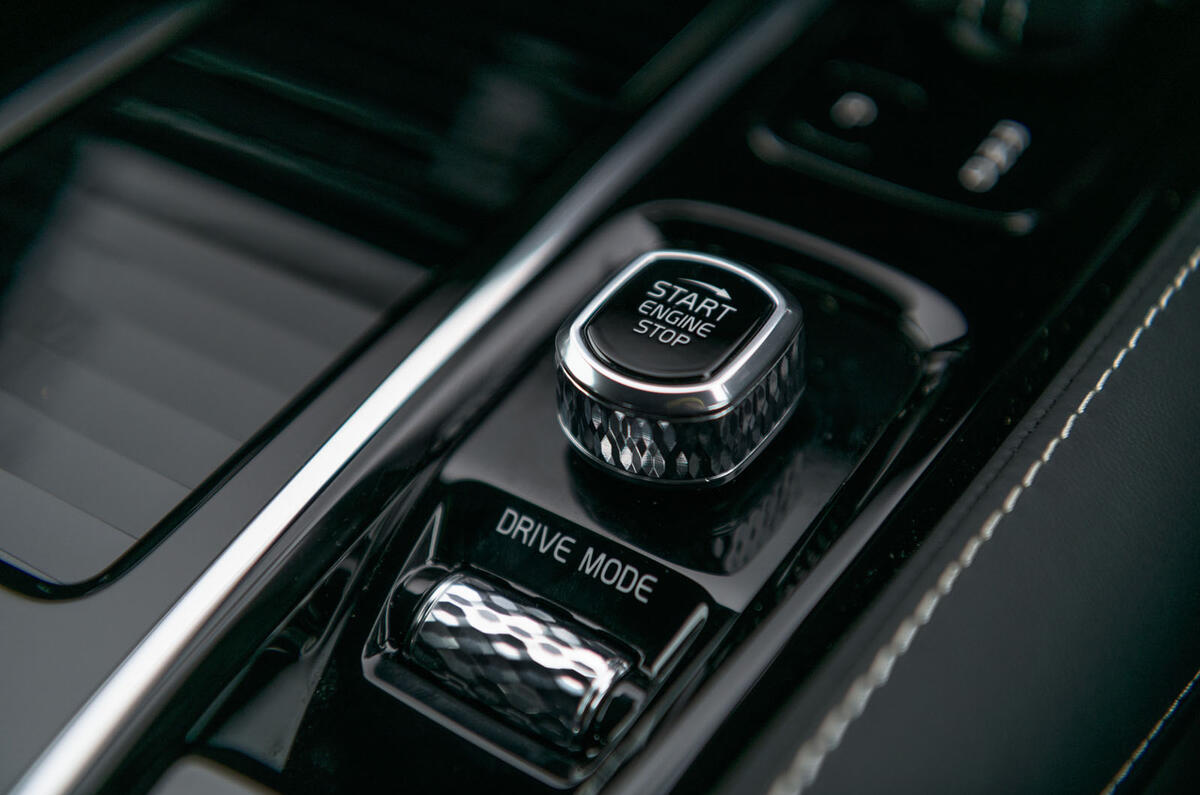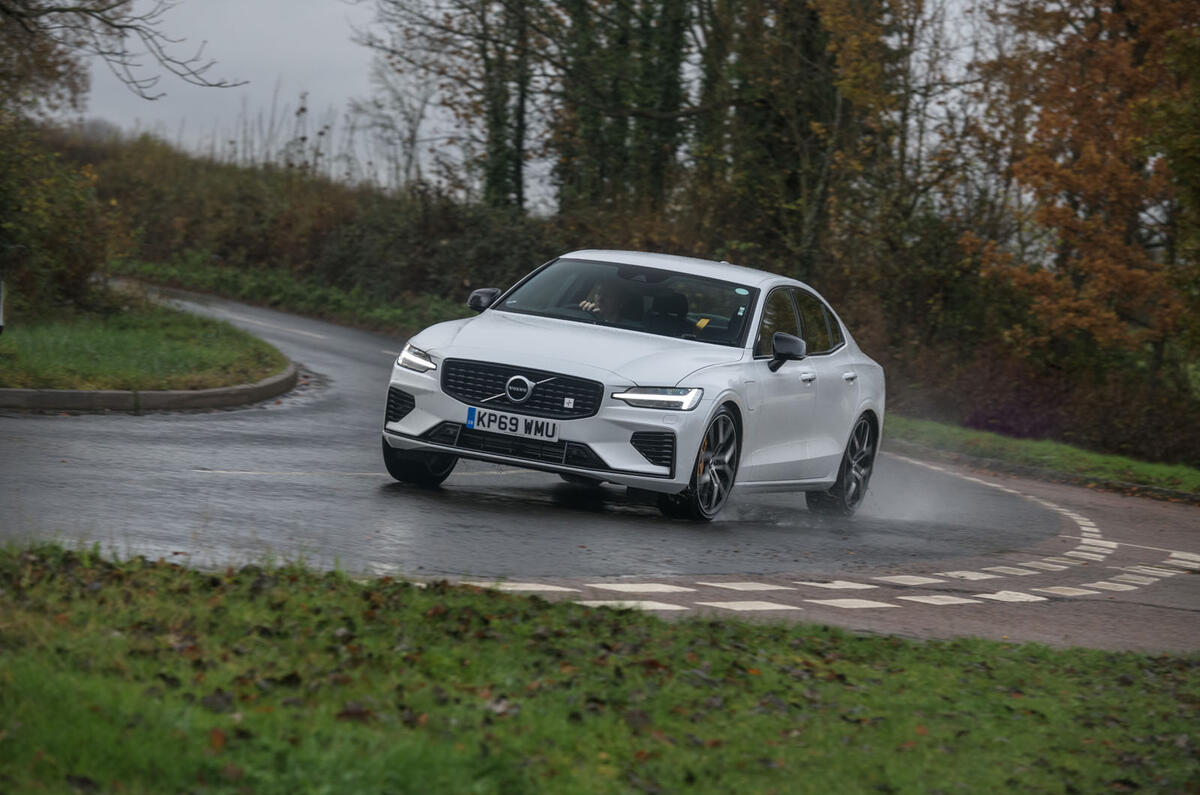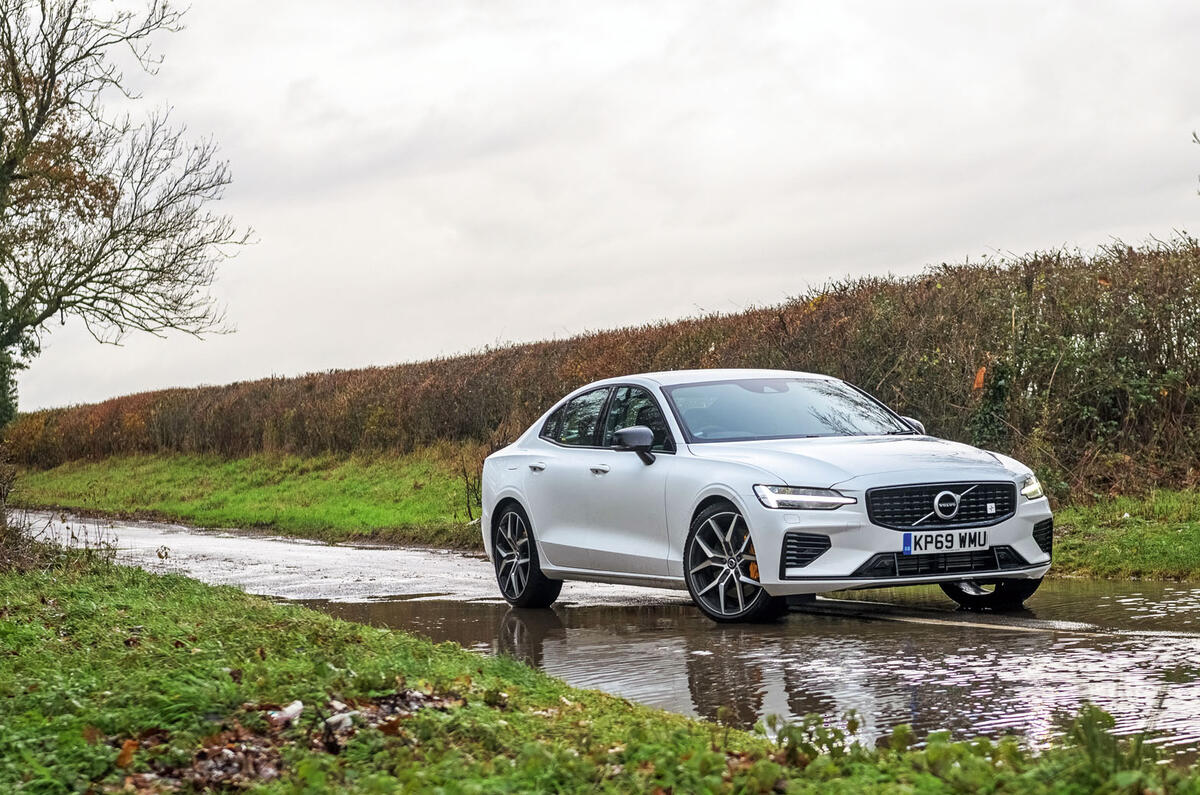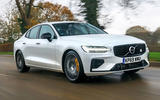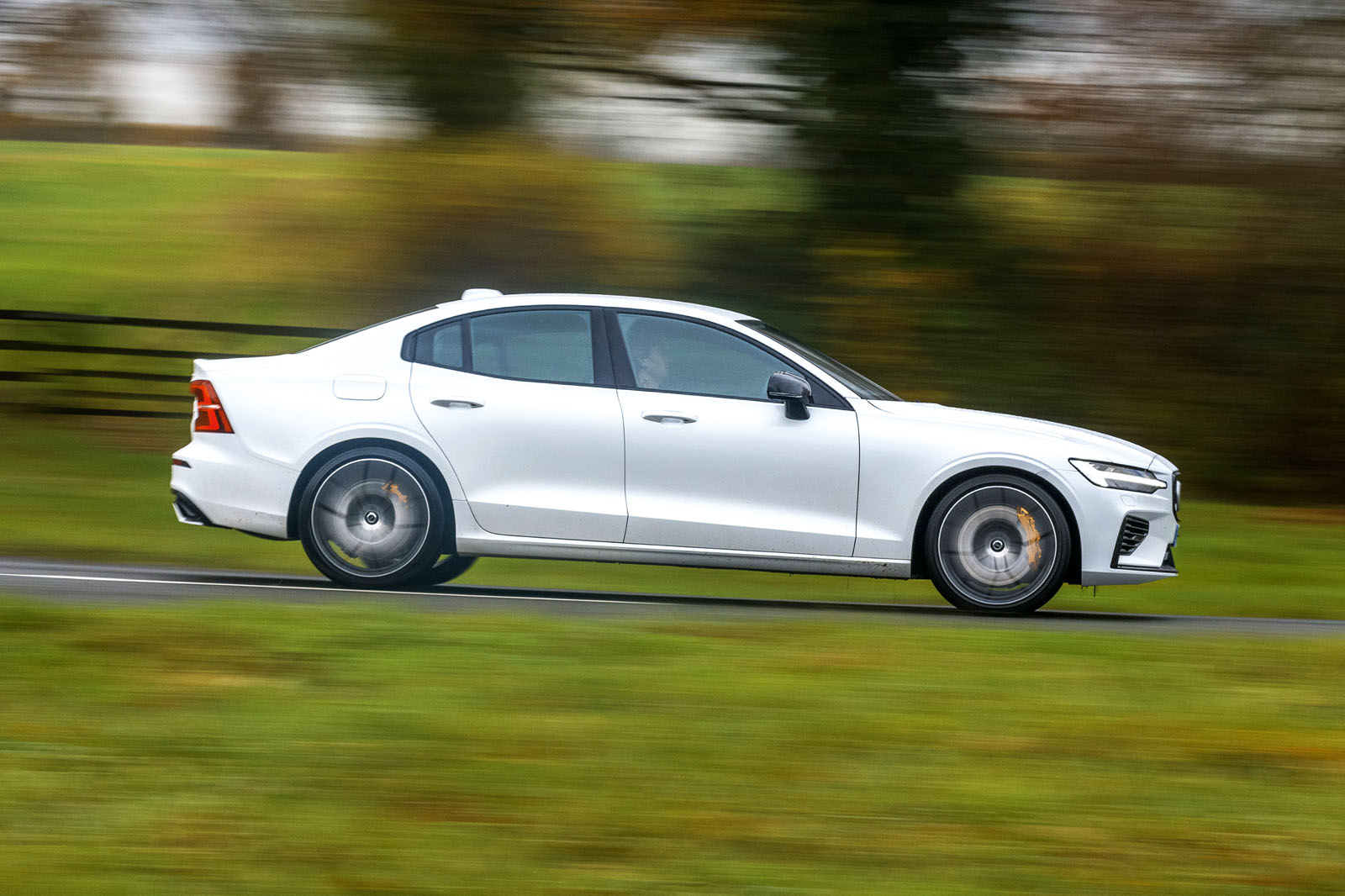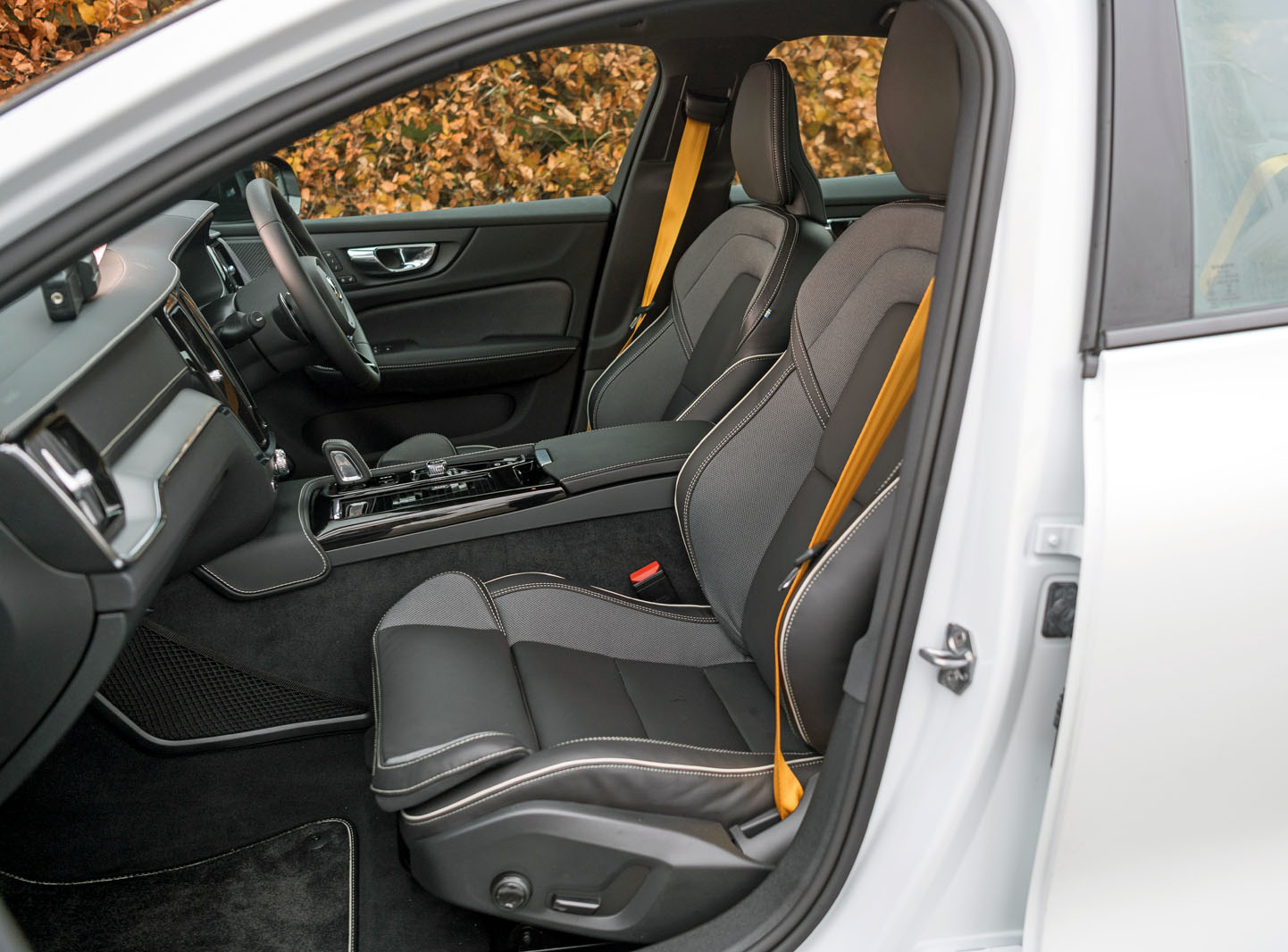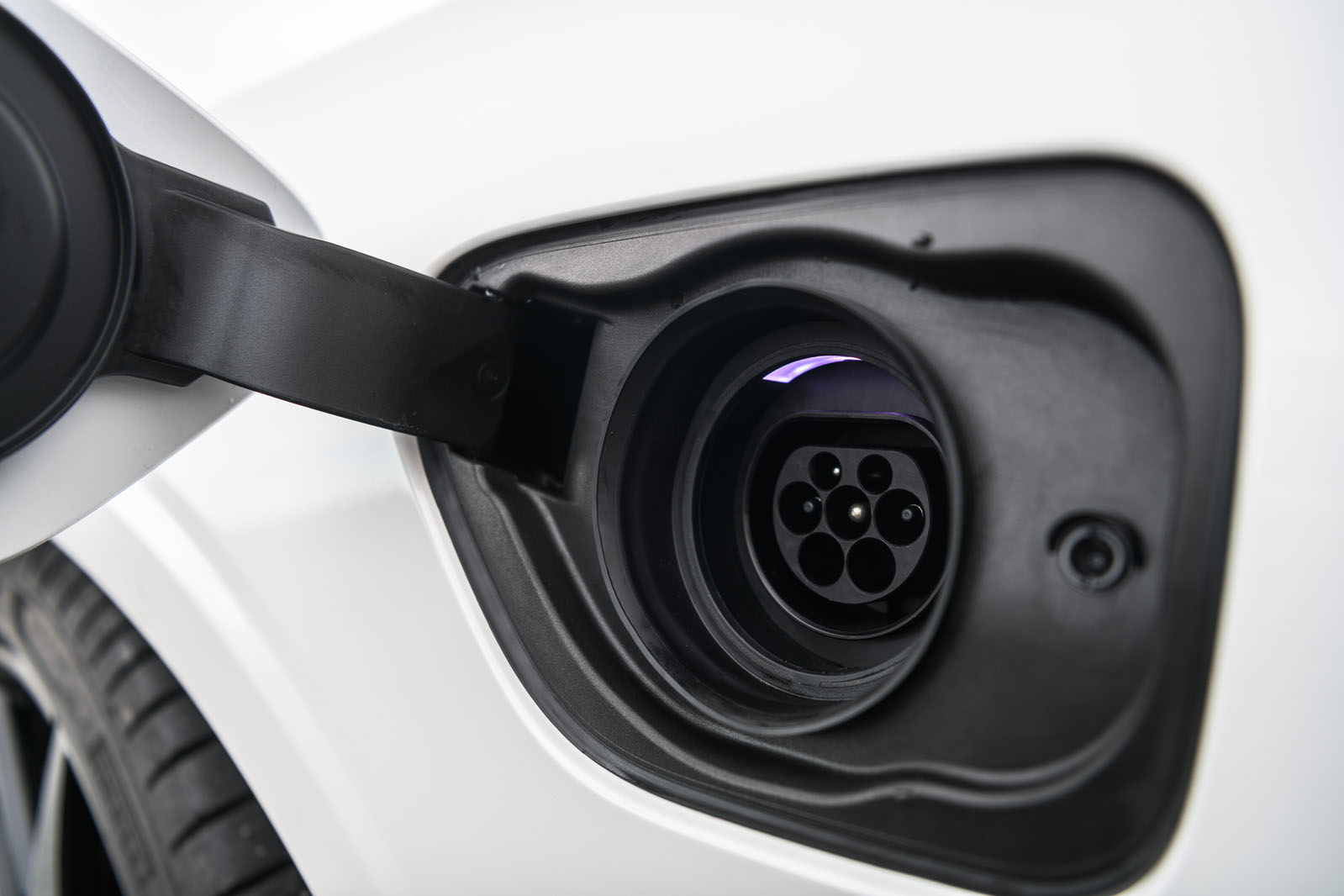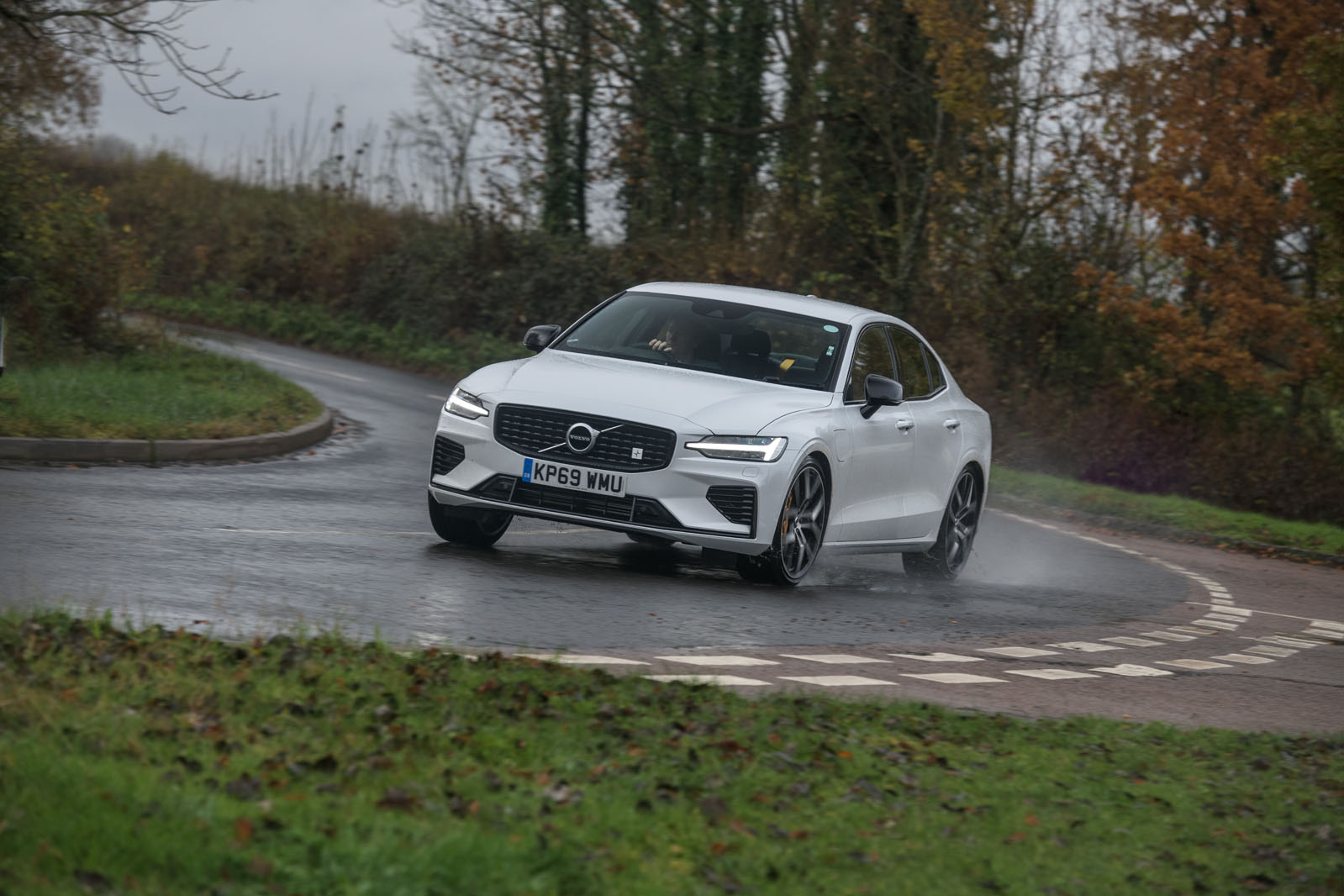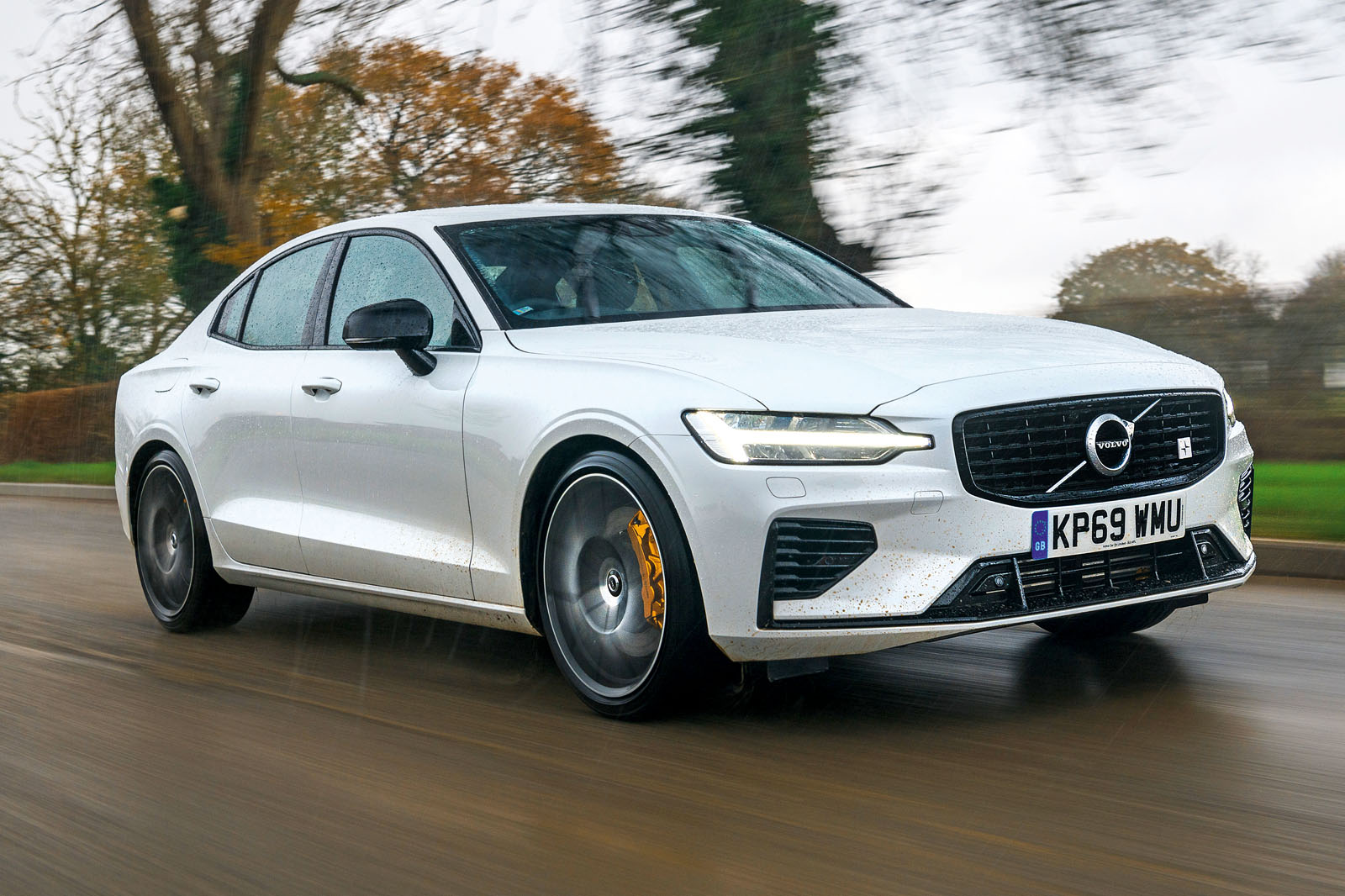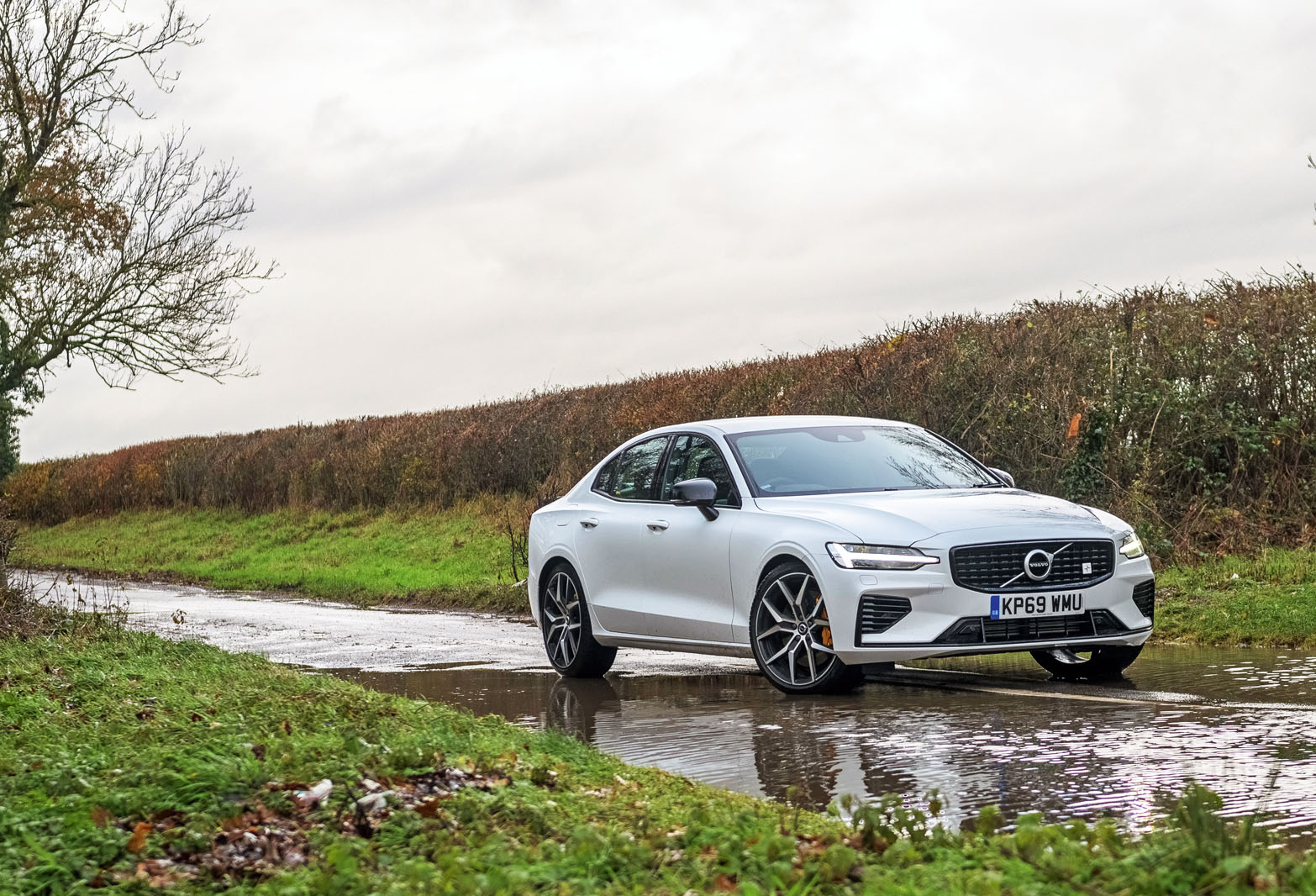Since the turn of the millennium, Volvo has changed out of sight. Some may continue to think of the now Chinese-owned firm as a purveyor of boxy Swedish estates, but the situation on the ground couldn’t be more different, very much including the Volvo S60.
Catalysed by the arrival of the Volvo XC90 in 2002, Volvo’s growth has been built on an expanding range of suave, sophisticated SUVs. A look at its 2018 annual report confirms it: of the 642,253 cars sold globally last year, 56% wore ‘XC’ badges.
It’s interesting to ponder, then, just where the subject of this week’s road test might fit into that broader picture. Any premium car maker worth its salt needs to be represented in the compact executive saloon class; and while the Volvo S60 has always been a more leftfield alternative to rivals from BMW, Audi and Mercedes, that hasn’t stopped it from being a strong performer for Volvo.
However, as the second-generation S60 aged, it inevitably began to take a back seat: of the 50,319 Volvos sold in the UK in 2018, the S60 accounted for just 960. The weight of expectation placed on this new US-built, third-generation model to revitalise those sales will be significant.
The more workaday variants of this latest S60 will likely account for the lion’s share of those sold. But with the latest BMW 3 Series reaching new heights of dynamic prowess, it’s this performance-oriented S60 T8 Twin Engine Polestar Engineered that’s piqued the interest of the Autocar road test desk enough to lavish our weekly battery of performance and handling tests upon it.


